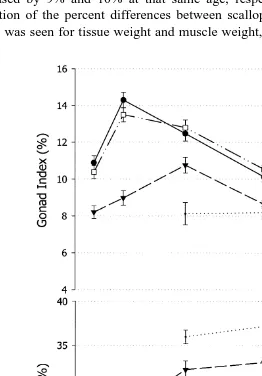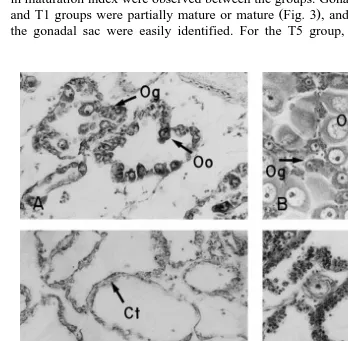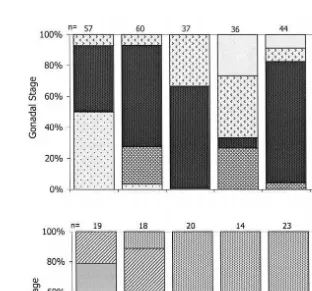Directory UMM :Data Elmu:jurnal:A:Aquaculture:Vol186.Issue1-2.Jun2000:
Teks penuh
Gambar




Dokumen terkait
Within the visually classified groups, no differences were detected between ethephon-treated fruits and controls in relation to colour indices, soluble solids content, dry/fresh
The present study was designed to determine the quantitative dietary crude protein requirement for optimum growth of juvenile American eel using a practical fish-meal- based diet and
The impact of escaped farmed salmon on wild populations may have potentially negative genetic and ecological effects. There is widespread evidence that farmed salmon interact with
high density in hapas Little et al., 1996. The numbers of broodfish and hapas used is indicated in Table 1. Conditioning hapas were allowed to sun-dry in situ to control fouling of
We performed a back-cross experiment using F individuals to test the hypothesis of 1 possible genomic incompatibility between the two forms. Here, we present preliminary results of
PAGE, 2 quantification of proteinase activity, and 3 in vitro evaluation of digestibility of dietary protein sources by shrimp proteinases. A compilation of previously reported
taking Takapoto lagoon Tuamotu archipelago, French Polynesia as a study site. Although the black pearl oyster was naturally one of the most abundant bivalves in the benthic fauna
The similarity of soil physical properties in productive and non-productive fields suggests that differences in chemical and biological indicators may have resulted, in part,




